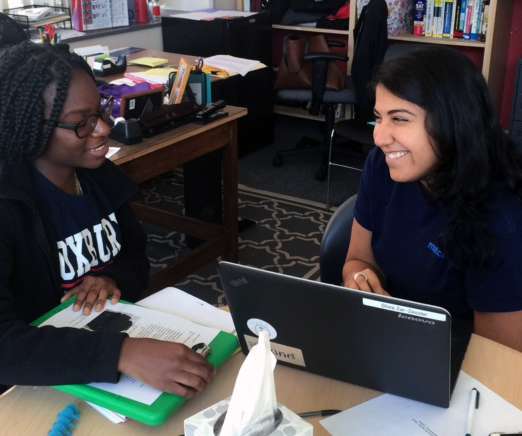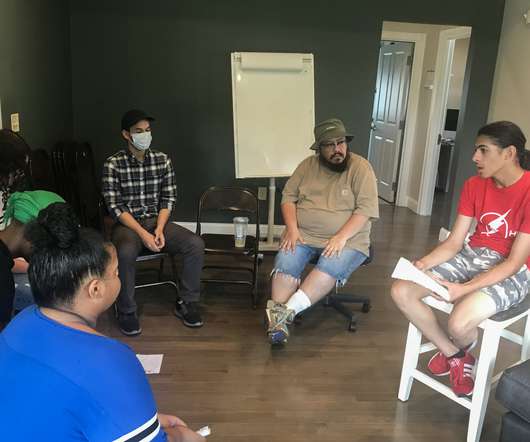What researchers learned about online higher education during the pandemic
The Hechinger Report
OCTOBER 6, 2022
a university administrator enthused in a survey, referring to a type of scholarship that examines an activity in progress. Shankar and others have been combing through the massive amounts of newer information generated during the pandemic, when learning online was largely no longer a choice, eliminating self-selection bias.



























Let's personalize your content